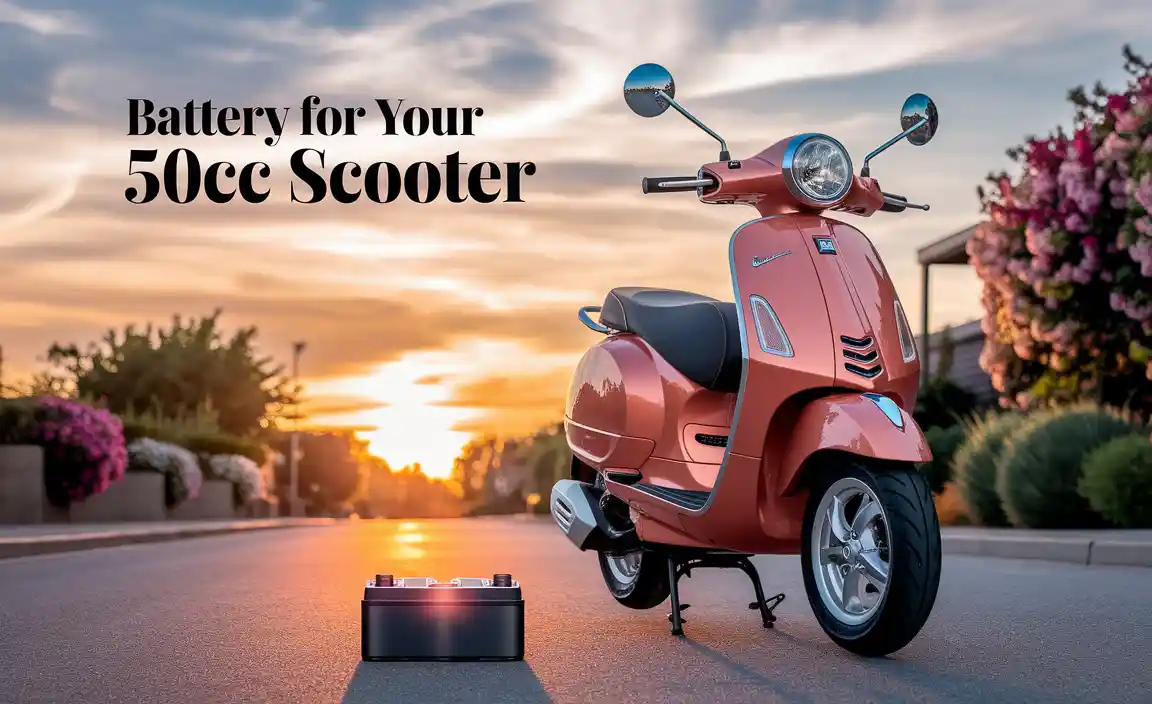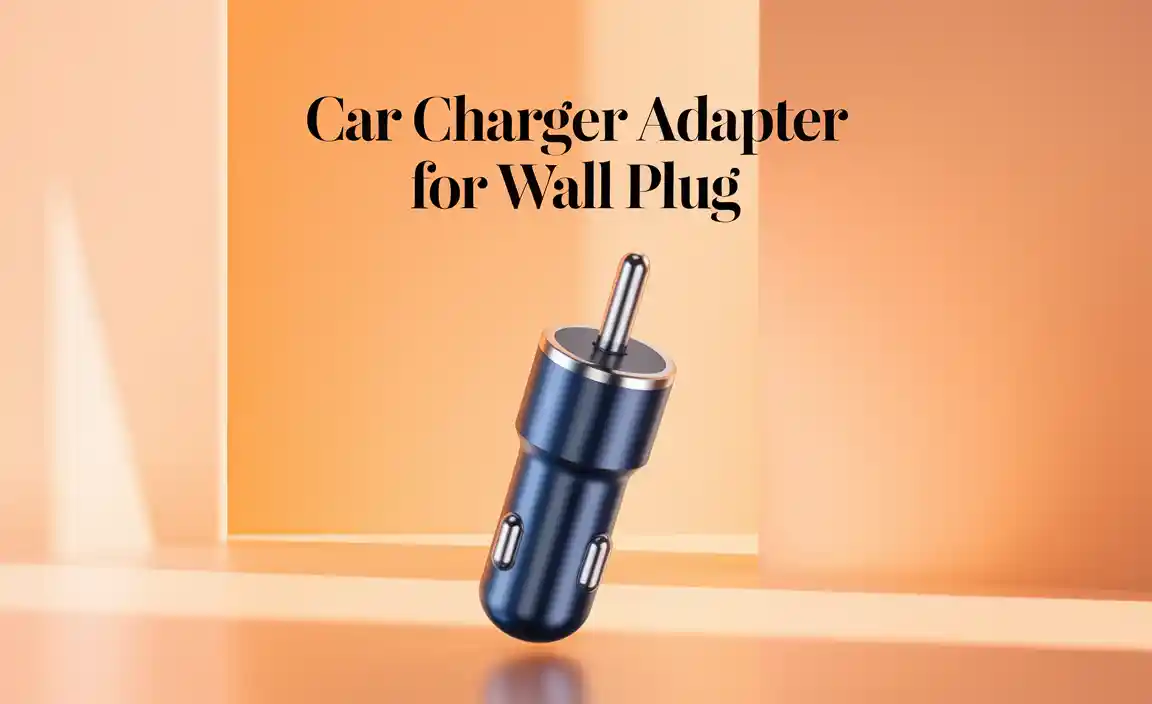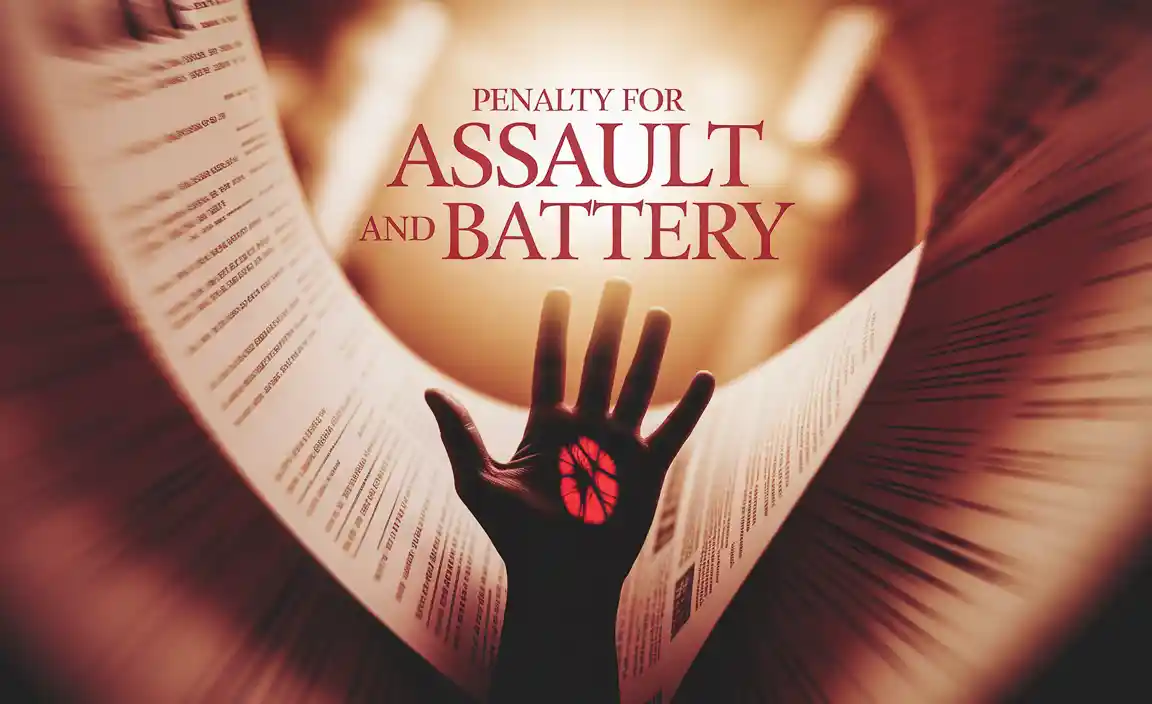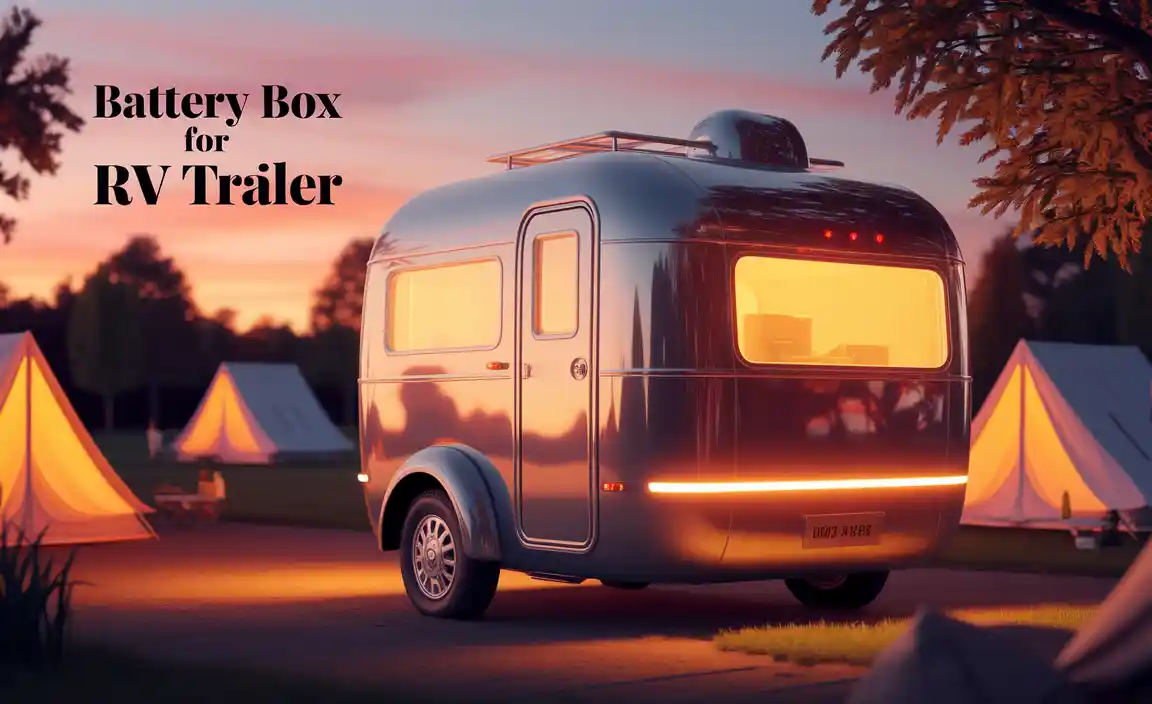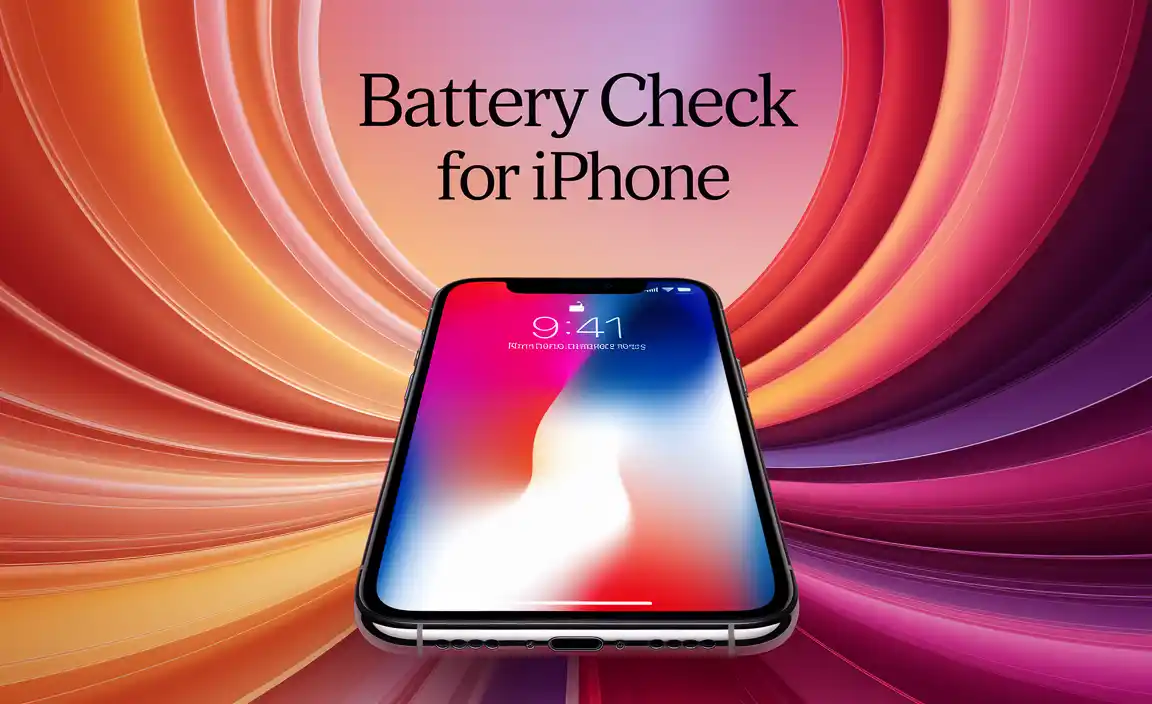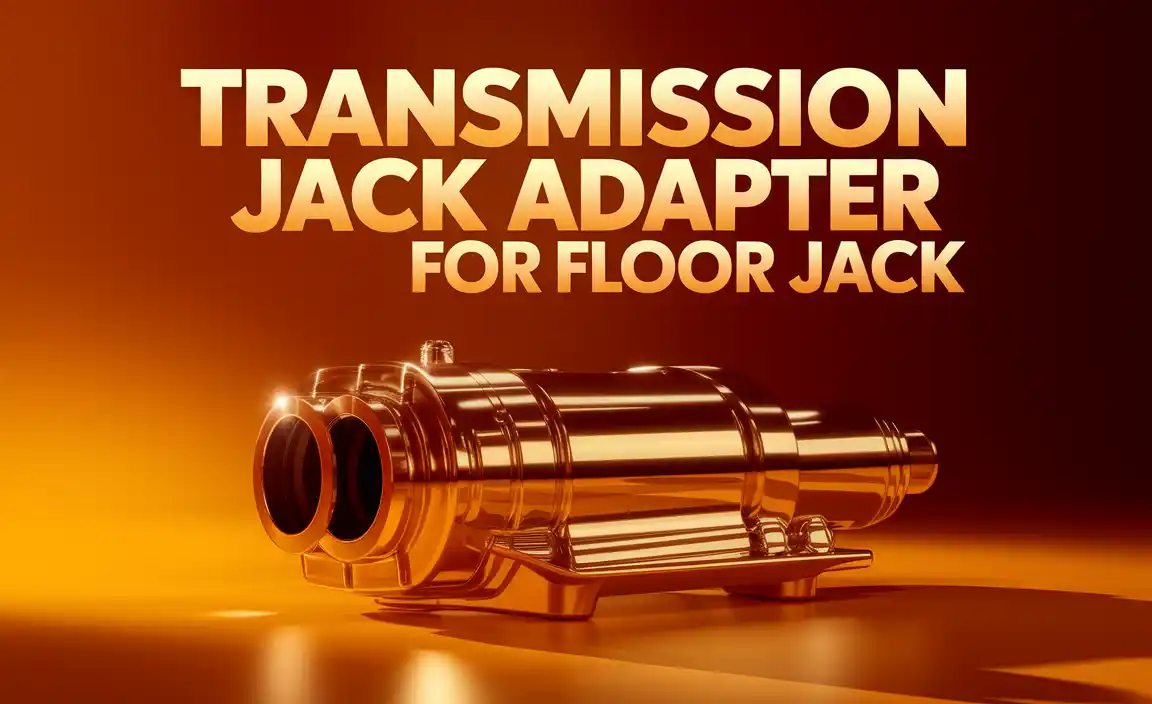Have you ever wondered what makes your flashlight shine bright? One big reason is the battery size. Different flashlights use different batteries, and these sizes can change everything!
Imagine going on a camping trip in the dark. You reach for your flashlight, but it barely lights up. Frustrating, right? It may all come down to the wrong battery size.
Did you know there are many battery sizes for flashlights? Some are small and cute, while others are big and powerful. The size of the battery affects how long your flashlight can stay bright and how strong the light will be.
Understanding battery sizes for flashlights can help you choose the right one. So, let’s dive into the world of flashlight batteries and discover how they could brighten your next adventure!
Understanding Battery Sizes For Flashlights: A Comprehensive Guide
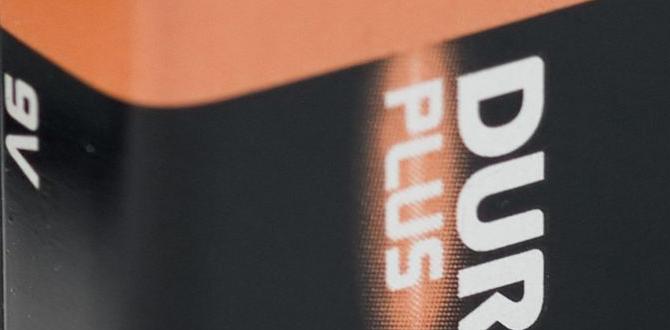
Battery Sizes for Flashlights
Finding the right battery sizes for flashlights is crucial for performance. Did you know batteries come in various sizes, like AA, AAA, and 18650? Each size affects how long your flashlight will shine. For example, an 18650 battery lasts longer and is rechargeable, making it a popular choice. AA and AAA batteries are common but may need frequent replacing. Understanding these options helps you choose the best flashlight for your needs, ensuring you stay prepared in the dark!Common Battery Sizes and Their Applications
Description of AA, AAA, C, D, CR123A, and 18650 sizes. Typical flashlight models that utilize each battery size.Batteries come in different sizes, just like shoes! The most common types for flashlights are AA, AAA, C, D, CR123A, and 18650. Each size has its special job. For example, AA batteries are popular in small flashlights, while D batteries power those big, bright ones that could light up a stadium! The CR123A batteries fit into tactical flashlights, and the 18650 is a favorite for rechargeable beams. Here’s a quick look:
| Battery Size | Typical Flashlight Models |
|---|---|
| AA | Basic handhelds, emergency lights |
| AAA | Mini flashlights, keychain lights |
| C | Camping lights, larger flashlights |
| D | Heavy-duty flashlights, lanterns |
| CR123A | Tactical and high-performance lights |
| 18650 | Rechargeable flashlights, high-output models |
Knowing which battery fits your flashlight can save you from searching for a match in the dark! So next time your flashlight goes dim, remember to check the battery size instead of trying to find the light switch in the dark!
Factors Influencing Battery Life and Performance
Impact of battery chemistry on flashlight brightness and runtime. Role of discharge rates and capacity in flashlight performance.The type of battery you choose can greatly affect how bright your flashlight shines and how long it lasts. Different battery chemistries, like alkaline or lithium, have distinct capabilities. For example, lithium batteries often make your flashlight beam brighter and last longer. On the other hand, the rate at which the battery discharges matters too. A battery with a high capacity can pack more punch, but if it discharges too quickly, that light might fizzle out faster than you can say “supernova!”
| Battery Type | Average Brightness | Runtime |
|---|---|---|
| Alkaline | Medium | Short |
| Lithium | High | Long |
So, when picking batteries, consider both chemistry and discharge rate. It’s like choosing between a fast car that runs out of gas quickly and a slow one that gets you there eventually. Choose wisely, and your flashlight will shine on!
How to Choose the Right Battery Size for Your Flashlight
Considerations for specific use cases (e.g., camping, emergency). Matching battery sizes with flashlight specifications.Choosing the right battery size for your flashlight depends on where you plan to use it. For camping, you might need longer-lasting batteries to enjoy the night. In emergencies, quick access to the right size is vital. remember:
- Check the flashlight’s specifications for battery type.
- Take note of how long you need the light to last.
- Consider the climate. Cold weather can drain batteries faster.
Matching your flashlight’s requirements with the correct battery size ensures you have the right amount of power for any situation.
How do I know which battery size is best for my flashlight?
The best size often matches the flashlight’s manual. For most needs, AA batteries are common, but some may need 18650 or CR123A types. Always check!
Innovations in Flashlight Battery Technology
Advances in lithiumion and smart battery technologies. Future trends in battery sizes and compact design.New flashlight technologies are exciting! Advances in lithium-ion and smart batteries are changing how we use lights. These batteries last longer and charge faster. Future designs promise even smaller sizes. Imagine compact flashlights that easily fit in your pocket. These innovations give us more power and convenience, making our lives easier and safer.
What are the main benefits of lithium-ion batteries?
Lithium-ion batteries are lighter, last longer, and recharge quickly compared to traditional batteries. They also perform well in many temperatures, making them ideal for outdoor use.
Key Benefits:
- Long-lasting power
- Fast charging
- Lightweight design
As technology progresses, we can expect even more improvements in flashlight battery sizes! These changes will make flashlights more user-friendly and efficient, meeting all our lighting needs.
Maintaining and Storing Batteries for Optimal Performance
Best practices for battery maintenance and lifespan extension. Safe storage tips for different battery types.Keeping your batteries happy can make your flashlight shine brighter for longer! First, always check your batteries for damage or leaks before storing them. Use a dry place that’s cool, not like the inside of an oven. Different batteries have different needs, so here’s a handy table:
| Battery Type | Storage Temperature | Best Practices |
|---|---|---|
| Alkaline | 0-25°C (32-77°F) | Store upright and away from metal objects. |
| Rechargeable | 20-25°C (68-77°F) | Charge them often, but don’t overcharge! |
| Lithium | -20-60°C (-4-140°F) | Keep them in a sealed container. |
For longer battery life, avoid extreme heat and cold. Always make sure they’re not near anything that might “spark joy” in the wrong way, like metal! Remember, happy batteries lead to happy flashlights!
Conclusion
In summary, flashlight battery sizes affect brightness and runtime. Common sizes include AA, AAA, and rechargeable options. Choosing the right battery can improve your flashlight’s performance. Remember to check the battery type before purchasing. You can explore more about batteries online or at your local store. Stay ready for adventures by picking the best battery for your flashlight!FAQs
What Are The Most Common Battery Sizes Used In Flashlights, And How Do They Compare In Terms Of Performance And Runtime?The most common battery sizes in flashlights are AA and AAA. AA batteries are bigger and last longer than AAA batteries. They usually give you more light and run for a longer time. Some flashlights use a rechargeable battery, which you can use again and again. This can be better for long-term use!
How Do Alkaline Batteries Differ From Lithium-Ion Batteries In Flashlight Applications?Alkaline batteries are usually cheaper and can run out of power faster than lithium-ion batteries. When you use a flashlight, alkaline batteries might last a few hours. In contrast, lithium-ion batteries last longer and can be recharged many times. This means you can use a flashlight with lithium-ion batteries for a longer time before needing to charge or replace them.
What Factors Should Be Considered When Choosing A Battery Size For A Specific Flashlight Model?When choosing a battery size for a flashlight, you should think about how bright you want it to be. Brighter lights often need bigger batteries. You also need to check how long the flashlight will be on. Some batteries last longer than others. Finally, make sure the battery fits your flashlight model.
Can Rechargeable Batteries Be Used In Place Of Disposable Batteries In Flashlights, And What Are The Advantages?Yes, you can use rechargeable batteries instead of disposable ones in flashlights. Rechargeable batteries can be used many times, saving you money. They are also better for the environment because they create less waste. Plus, you always have batteries ready to go if you keep charging them!
How Does The Battery Size Impact The Brightness And Features Of A Flashlight?The size of a flashlight’s battery affects how bright it can be. Bigger batteries usually give more power, which means the light can shine brighter. They also help the flashlight last longer before needing new batteries. This can let you use special features, like a stronger beam or different light colors. So, a larger battery usually means a better flashlight!
{“@context”:”https://schema.org”,”@type”: “FAQPage”,”mainEntity”:[{“@type”: “Question”,”name”: “What Are The Most Common Battery Sizes Used In Flashlights, And How Do They Compare In Terms Of Performance And Runtime? “,”acceptedAnswer”: {“@type”: “Answer”,”text”: “The most common battery sizes in flashlights are AA and AAA. AA batteries are bigger and last longer than AAA batteries. They usually give you more light and run for a longer time. Some flashlights use a rechargeable battery, which you can use again and again. This can be better for long-term use!”}},{“@type”: “Question”,”name”: “How Do Alkaline Batteries Differ From Lithium-Ion Batteries In Flashlight Applications? “,”acceptedAnswer”: {“@type”: “Answer”,”text”: “Alkaline batteries are usually cheaper and can run out of power faster than lithium-ion batteries. When you use a flashlight, alkaline batteries might last a few hours. In contrast, lithium-ion batteries last longer and can be recharged many times. This means you can use a flashlight with lithium-ion batteries for a longer time before needing to charge or replace them.”}},{“@type”: “Question”,”name”: “What Factors Should Be Considered When Choosing A Battery Size For A Specific Flashlight Model? “,”acceptedAnswer”: {“@type”: “Answer”,”text”: “When choosing a battery size for a flashlight, you should think about how bright you want it to be. Brighter lights often need bigger batteries. You also need to check how long the flashlight will be on. Some batteries last longer than others. Finally, make sure the battery fits your flashlight model.”}},{“@type”: “Question”,”name”: “Can Rechargeable Batteries Be Used In Place Of Disposable Batteries In Flashlights, And What Are The Advantages? “,”acceptedAnswer”: {“@type”: “Answer”,”text”: “Yes, you can use rechargeable batteries instead of disposable ones in flashlights. Rechargeable batteries can be used many times, saving you money. They are also better for the environment because they create less waste. Plus, you always have batteries ready to go if you keep charging them!”}},{“@type”: “Question”,”name”: “How Does The Battery Size Impact The Brightness And Features Of A Flashlight? “,”acceptedAnswer”: {“@type”: “Answer”,”text”: “The size of a flashlight’s battery affects how bright it can be. Bigger batteries usually give more power, which means the light can shine brighter. They also help the flashlight last longer before needing new batteries. This can let you use special features, like a stronger beam or different light colors. So, a larger battery usually means a better flashlight!”}}]}
